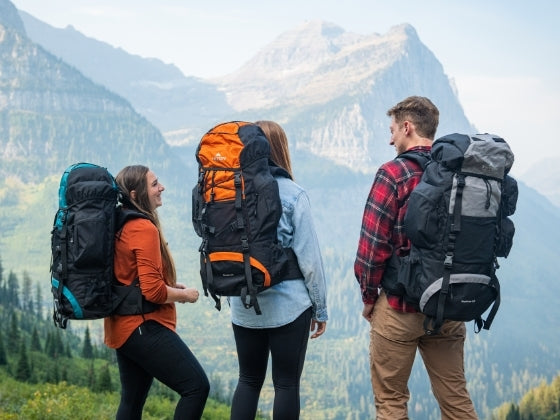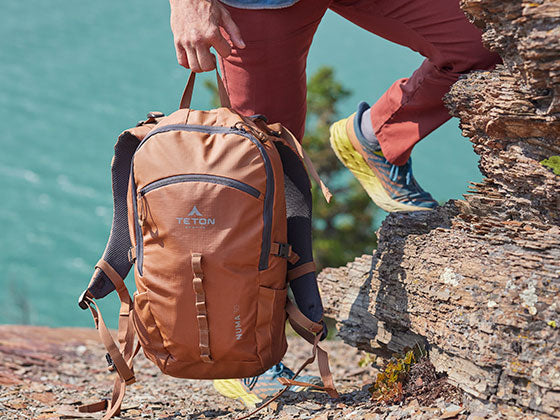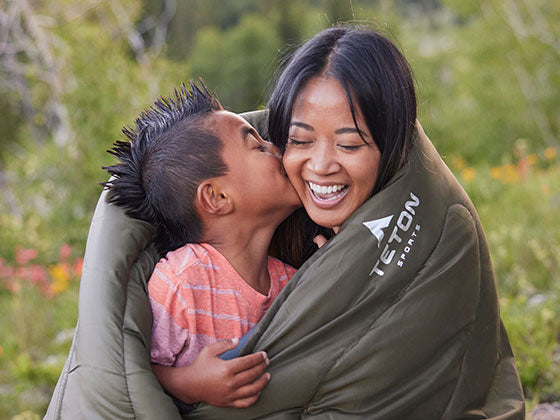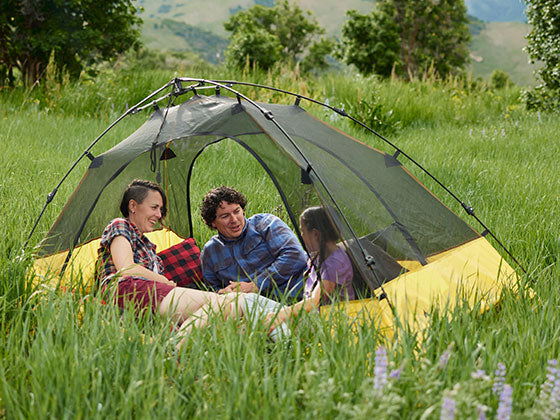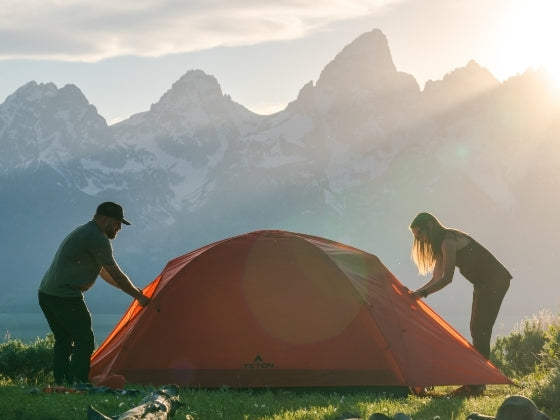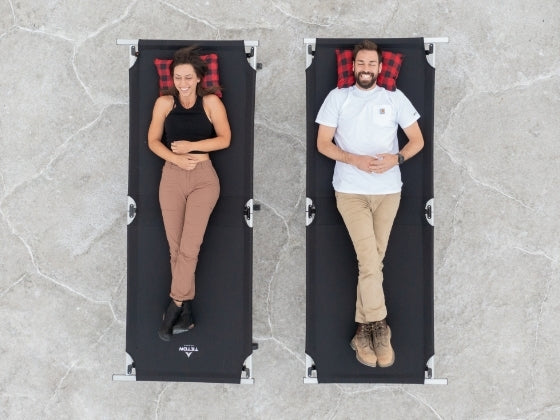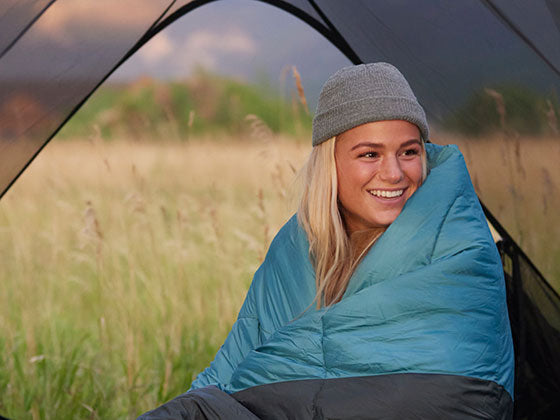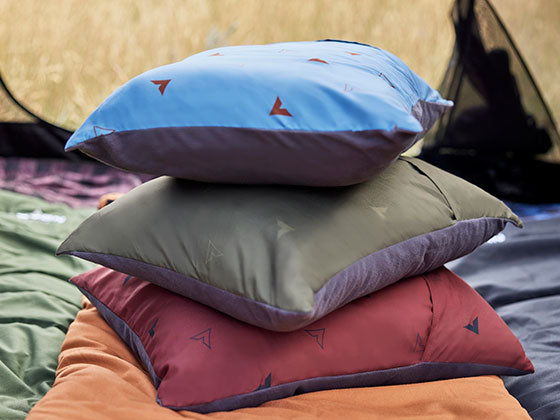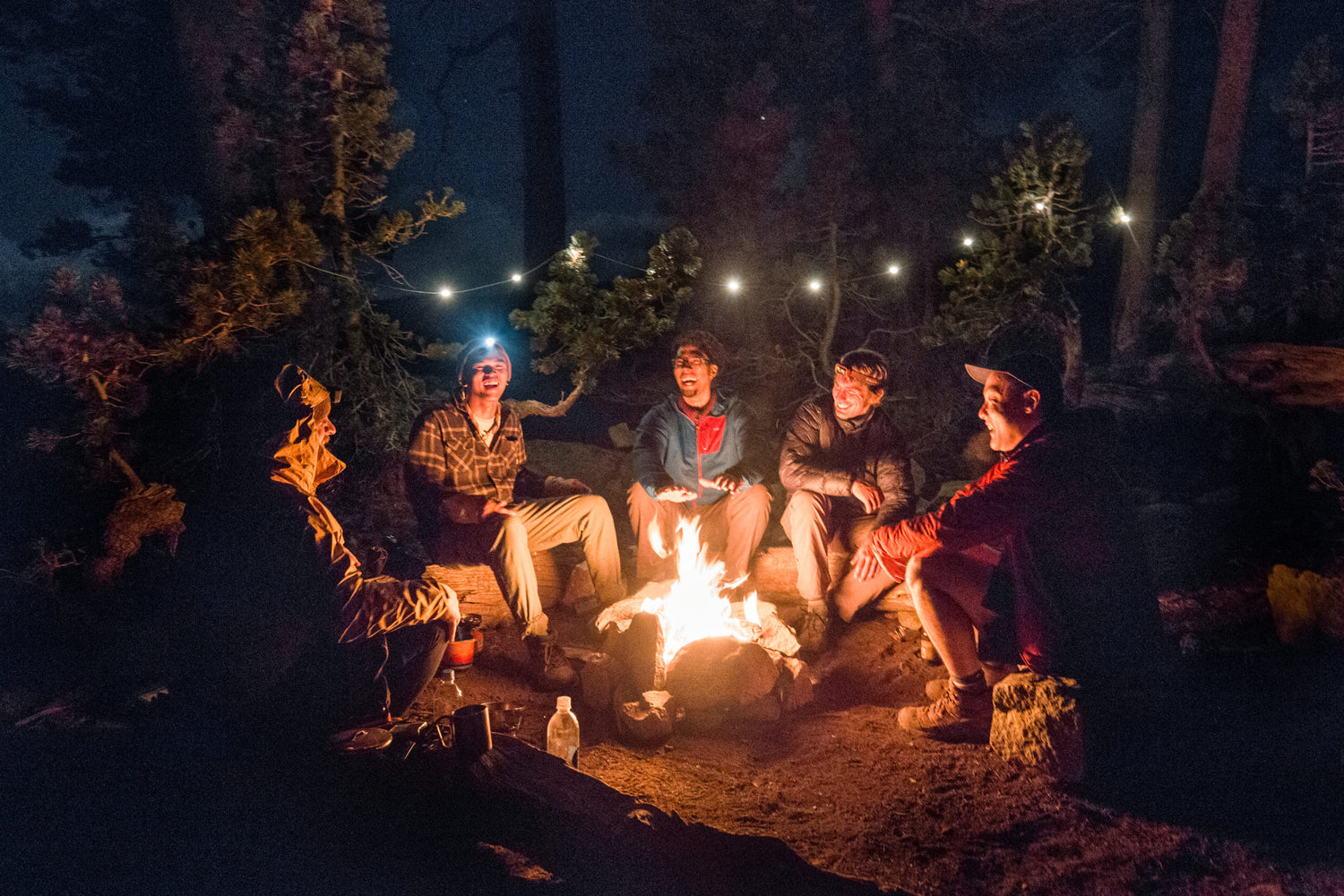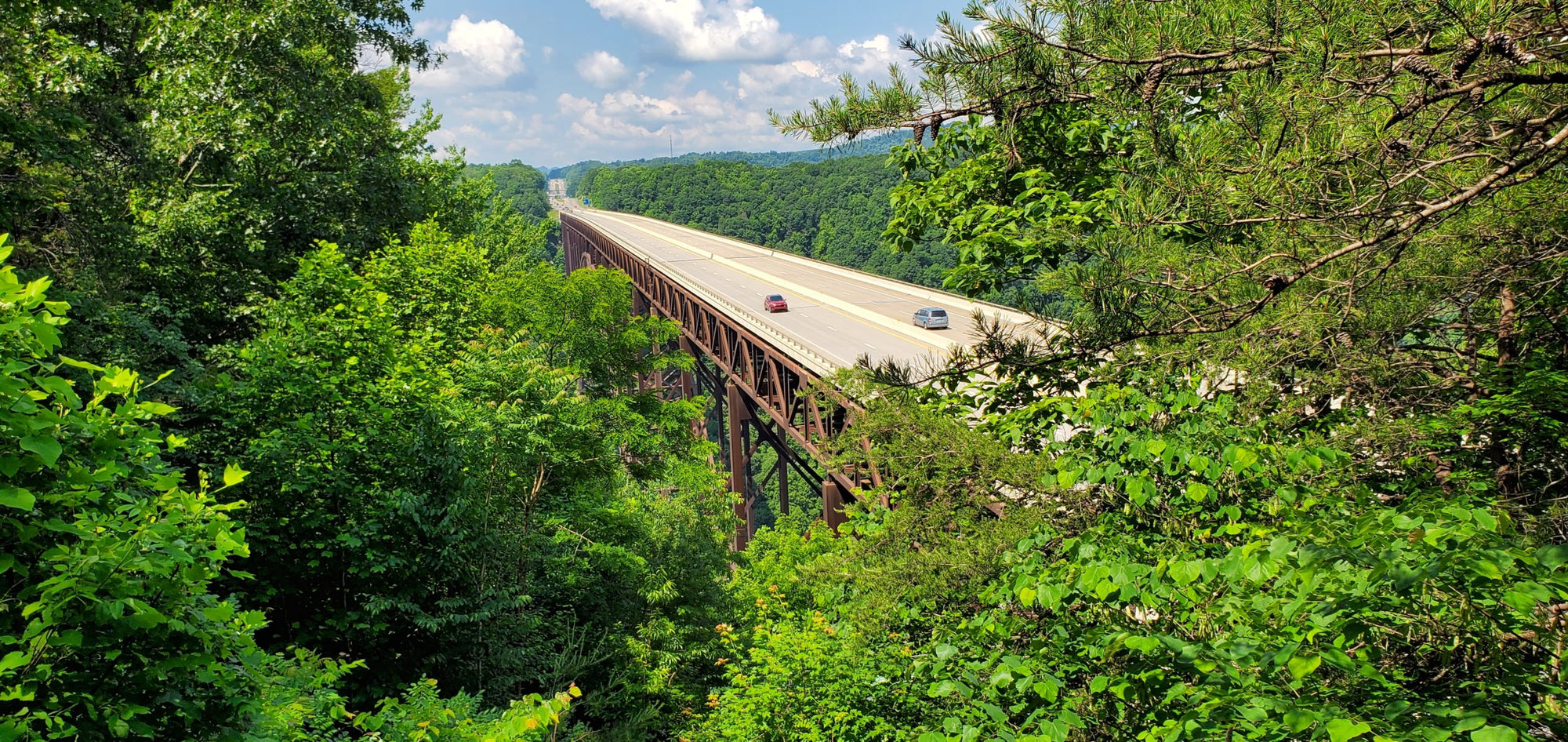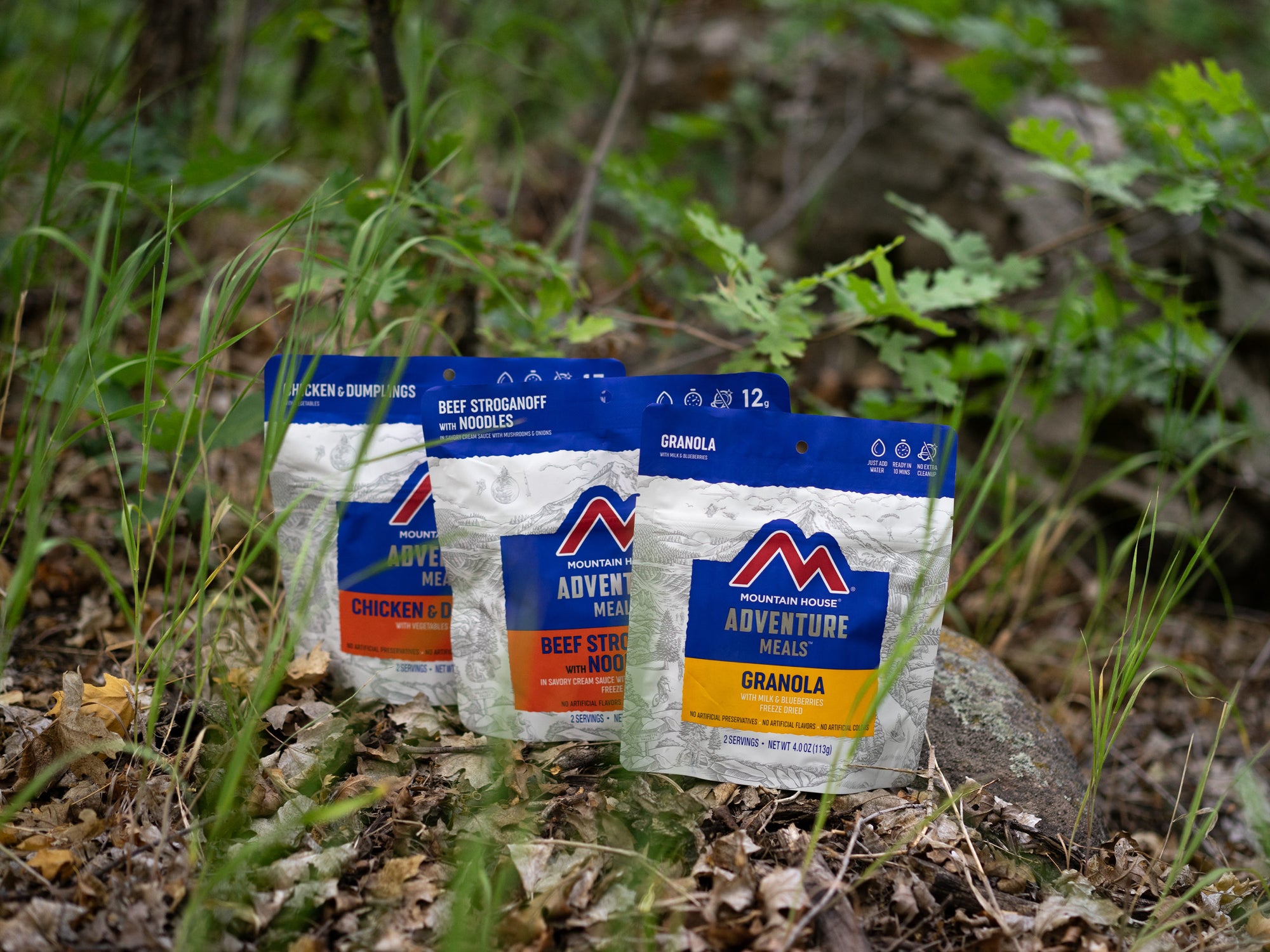By: Mikayla Koeltzow
A summer night in the mountains with a brisk wind, the trees rustle with every gust. The stars shine brightly above you, lighting up the details of all your surroundings in a soft, pale blue hue. The only sounds that can be heard for miles in any direction are you and your friends laughing at goofy stories being shared around the campfire. You are all huddled closely to this very campfire to keep toasty warm. These are just the kind of nights we nostalgically look back on and intentionally recreate, whenever possible. These times aren’t fancy, they just hold a special place in our hearts. As we continue on with these warm months ahead and race out to enjoy these fun camping trips, let’s remind ourselves to always prioritize safety. This will allow us to all enjoy times like these for years, and generations to come. This blog today will be focused on fire safety. Keep reading for safety tips for starting a campfire, tending the fire, and putting out your campfire.
When a Campfire Should be Saved for Next Time
- Always check if there are any current fire restrictions in place in the area you are looking to build a campfire at. If the area has a fire ban in place, there are very important reasons put in place by experts, and the fire bans keep us safe.
- Even if there is not a fire ban in place you should strongly consider avoiding starting a fire this time if: you are going to an area with a lot of dry trees, grass, or foliage, along with a recent heat wave and or lack of rain. The result of these two things: fuel that if ignited even slightly, could quickly create a dangerous and fast spreading wildfire.
Starting a Campfire
Now that we’ve got an idea of when not to start a fire, let’s discuss safely creating a fire!
- Look out for any pre-existing fire pits. Those are usually a great place to start! If there are none already established, look for an open space that will keep your fire a safe distance from trees and grass.
- The most classic surefire way to start a fire is with wood and matches. You may want to have an axe with you to cut some of your pieces of wood thin so that they light on fire easier. Matches are a good heat source because you can let them go and into the fire without having to hold your hands too close for too long.
- Always have at least one person watching the fire. A strategically placed fire should have a very low spread risk. But even when you think it could never spread, truly, when fire is involved: never say never.
- Keep your fire size reasonable. Campfires should be kept small enough that it could never get out of control.
Safely Putting out your Campfire
Heat, fuel, oxygen. To stop the fire, you just need to remove one or more of these. Ever placed your lid back on the candle and watched the fire stop? It ran out of oxygen. The fire burned just until the wood disappeared? It ran out of fuel. Had trouble keeping the fire going in the snow? It did not have enough heat.
- To safely put out your campfire, wait until the fire runs out of fuel (wood) and stops burning on its own.
- To prevent the fire from re-igniting, generously pour water and dirt over the hot ashes. Check on the ashes temperature by holding your hands close to but NOT touching the ashes. Stir the ashes with a stick and continue pouring water to ensure all ashes cool off.
With all of this in mind, we hope you get to make some wonderfully fun campfire memories this summer. Fire is magical, but powerful. Have fun, and be safe!
About the Author: Mikayla Koeltzow
Mikayla is always looking to see new places and experience new things in order to slow life down and create unique memories. Photography and writing are her absolute favorite ways to document these moments. When not working or relaxing with her dog, you’ll most often find her (and her dog) hiking, backpacking, camping, road tripping, or hanging out with friends and family.

